Experience "rescuing" sea turtles
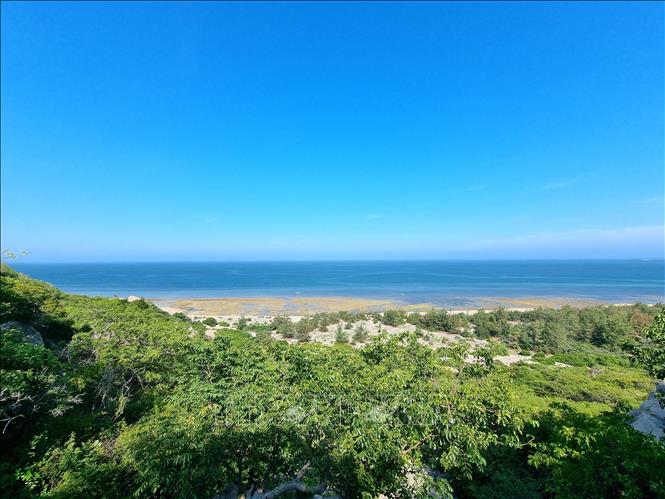
The Thit beach area is located in the strictly protected area of Nui Chua National Park ( Ninh Thuan ) where green turtles come to lay eggs every year.
Nui Chua National Park is currently a rare area on the mainland in Vietnam that has recorded a population of sea turtles including green turtles, hawksbill turtles, and hawksbill turtles, of which green turtles come to breed every year. These are all endangered species listed in the Vietnam Red Book and the World Red List (IUCN). To conserve sea turtles, since 2000, with the support of many domestic and foreign organizations such as the World Wildlife Fund, the Global Environment Fund, the Institute of Oceanography , Nui Chua National Park has coordinated with all levels, sectors, organizations, and communities to implement conservation projects, research on turtle species in the sea area, the status of turtles coming to the nesting grounds to develop plans to protect the nesting grounds and rescue sea turtles.
To effectively conserve sea turtles, areas where sea turtles come to the sand to dig nests to lay eggs are always strictly protected. Nui Chua National Park has established sea turtle protection teams made up of local people, in coordination with members of sea turtle conservation volunteer groups from all over the country, assigning nightly shifts, rescuing mother turtles to nest on the sand, protecting the nests to successfully lay eggs, and rescuing and releasing baby turtles back to the sea. At the same time, members of the teams propagate and educate students, tourists, families and local communities about the importance of sea turtle conservation.
Having participated in sea turtle conservation volunteer activities for more than 4 years, Mr. Nguyen Van Binh (Vinh Hai commune, Ninh Hai district) said that volunteers have all undergone training courses to learn about the biological characteristics and life of turtles and must be in good health to do the job. During the sea turtle egg-laying season, members of the Sea Turtle Protection Team stay up almost all night to patrol and monitor, record information about sea turtles coming to the egg-laying grounds, relocate nests at risk of flooding due to tides, protect eggs and baby turtles from being damaged by natural enemies, etc. Baby turtles that are too weak to rise above the sand layer are released back to sea safely by rescue support members.
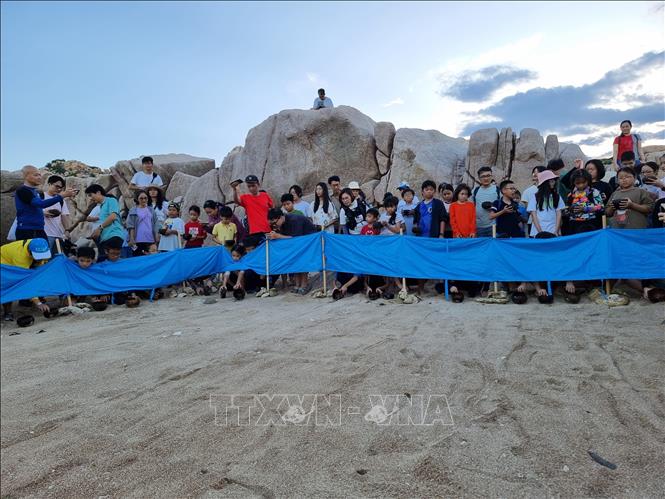
The activity of releasing baby turtles into the sea was organized by Nui Chua National Park in coordination with the Vietnamese Family Loves Nature group to promote love of nature and awareness of protecting sea turtles.
This summer, Ms. Le Thi Thu Ha, from Ho Chi Minh City, and her two children had an unforgettable experience after participating in the program of releasing baby turtles into the sea. Ms. Ha said that although she had been to Ninh Thuan many times, this was the first time she and her children participated in this meaningful activity.
“I have watched movies and read books about sea turtles, but when I saw with my own eyes the tiny baby turtles yearning to find their way back to the sea, my children and I were deeply moved. Through this activity, I want my children to understand more about the preciousness of marine creatures and join hands to protect their habitat,” Ms. Ha shared.
Since receiving the coconut shell containing seawater and a cute little turtle from the volunteers, Phan Le Hai Phong has not taken his eyes off the "turtle" for a single second. The boy from Ho Chi Minh City hugged the tiny coconut shell tightly, full of excitement: "I feel very happy and excited about the turtle, I will protect it and release it into the sea. I will learn from the turtles to be able to swim like that", Phong happily said.
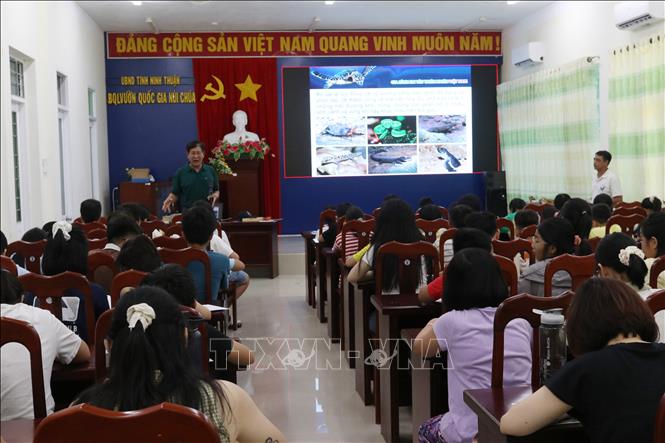
Students participate in a sea turtle conservation and rescue course organized by Nui Chua National Park in collaboration with the Vietnamese Family Loves Nature group.
It is known that the program "Carrying baby turtles to the big sea" is one of the annual activities of the Vietnamese Family Loves Nature group in collaboration with Nui Chua National Park. All volunteers and children participating in the program learn very carefully about sea turtles before bringing them back to the sea by themselves. After releasing baby turtles, children from grade 3 and above participate in a class to learn about the habits of sea turtles, and if they pass the test, they will be awarded a certificate of completion of the sea turtle conservation and rescue course by Nui Chua National Park.
Mr. Phung My Trung, Biologist, Head of the Vietnamese Family Loves Nature group, shared: “With 14 diverse learning programs, from evolution, fossils to insects, reptiles, amphibians and sea turtles, we hope to bring a vivid and fascinating world of creatures to children. Our goal is to instill in children a deep love of nature and equip them with the necessary knowledge to protect Vietnam's biodiversity. Over the past 10 years, more than 2,000 families have joined the group and tens of thousands of children have learned and experienced. Different from pure tourism activities, our programs combine practical experience and scientific knowledge, helping children become future biodiversity conservationists.”
In addition to patrolling and rescuing sea turtles from their nesting grounds at night, volunteers from the group “My Family Loves Vietnamese Nature” also participate in English and IT classes for children around the buffer zone of Nui Chua National Park during the day. Through the teaching program, volunteers incorporate environmental education activities, protection of marine species, sea turtles, and garbage collection, etc.
Many solutions to conserve sea turtles
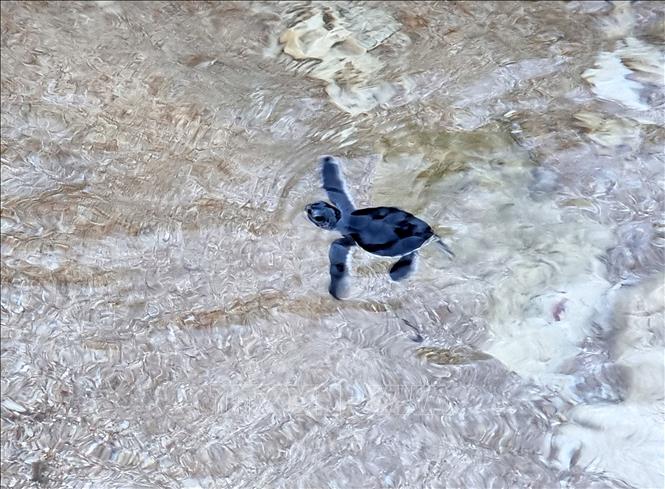
Baby turtles released into the sea at Nui Chua National Park (Ninh Hai district, Ninh Thuan province).
Mr. Pham Anh Dung, Deputy Head of the Department of Forest and Marine Resources Conservation, Nui Chua National Park, said that the sea turtle egg-laying season usually lasts from May to October, in which August is the peak breeding season for sea turtles. Mother turtles often come to the sandbank at night and use their two front legs to dig a large nest in the sand, then use their two hind legs to dig a small hole, 30-40 cm deep, to lay eggs in the hole. After laying eggs, the mother turtle fills the nest with sand to prevent predators from eating the eggs. In favorable conditions, the mother turtle lays eggs for 1-2 hours and then returns to the sea. In cases of unfavorable natural conditions, dry sandbanks, the mother turtle must spend more time digging the nest to lay eggs, some return to the sea until the next day to dig again.
Each time, the mother turtle lays from 80 to over 120 eggs, the time for the eggs to hatch into baby turtles is from 47 to over 50 days, depending on the environmental temperature. If the temperature is high, the time for the eggs to hatch is faster, the number of female turtles will be more and vice versa. Baby turtles crawl out of the eggshell and use their two front legs to dig the sand to crawl up from the ground, using all their strength to rush to the sea. From 2014 to early August 2024, Nui Chua National Park recorded 530 mother turtles coming to the nesting ground, with 173 successful nests, and 11,349 baby turtles released into the sea, Mr. Pham Anh Dung informed.
According to Decision 1176/QD-TTg of the Prime Minister approving the Program for Conservation of Endangered Turtle Species of Vietnam to 2025, with a vision to 2030, Nui Chua National Park is one of the priority areas for protection and restoration of habitats and nesting grounds for sea turtles.
Mr. Tran Van Khang, Deputy Director of Nui Chua National Park Management Board, said that the unit is synchronously implementing many plans and solutions to effectively and sustainably protect sea turtle populations and their habitats, along with other rare and endangered aquatic species.
Specifically, the Park builds and maintains a strictly protected area for sea turtles at nesting grounds in the area; builds a turtle conservation station, establishes a team of local volunteers and hundreds of volunteers from provinces and cities across the country to participate in protecting sea turtles. The unit strengthens coordination with organizations and scientific research agencies to focus on improving knowledge and skills in conservation, rescue and treatment of sea turtles for staff and volunteers.
Nui Chua National Park has stepped up propaganda so that local fishermen, when encountering turtles on the spawning grounds or seeing turtles in distress at sea, can immediately report to the rescue force; build a network of inland sea areas in Vietnam to receive living turtles, bring them to the Marine Life Conservation Area of Nui Chua National Park for rescue, treatment, training, and ensure adequate conditions for the turtles to survive on their own before releasing them back into the natural environment.
The People's Committee of Ninh Thuan province requested relevant departments, branches and units to coordinate with Nui Chua National Park to strengthen the protection of sea turtles; closely inspect and monitor, promptly prevent and strictly handle cases of transporting, captivity, processing and consuming sea turtles, eggs and parts of sea turtles. At the same time, units should step up propaganda and dissemination of Vietnamese laws and international conventions to which Vietnam is a member on the management, protection and conservation of sea turtles.
Baotintuc.vn
Source: https://baotintuc.vn/xa-hoi/bao-ton-loai-rua-bien-quy-hiem-o-vuon-quoc-gia-nui-chua-ninh-thuan-20240806131146705.htm



![[Photo] National Assembly Chairman Tran Thanh Man received a delegation of the Social Democratic Party of Germany](https://vphoto.vietnam.vn/thumb/1200x675/vietnam/resource/IMAGE/2025/10/28/1761652150406_ndo_br_cover-3345-jpg.webp)



![[Photo] Draft documents of the 14th Party Congress reach people at the Commune Cultural Post Offices](https://vphoto.vietnam.vn/thumb/1200x675/vietnam/resource/IMAGE/2025/10/28/1761642182616_du-thao-tai-tinh-hung-yen-4070-5235-jpg.webp)
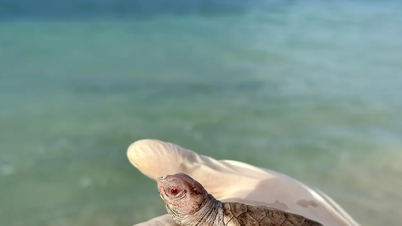

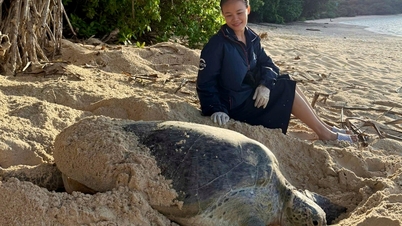




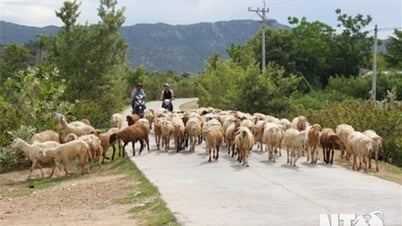
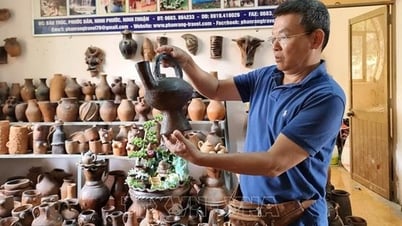

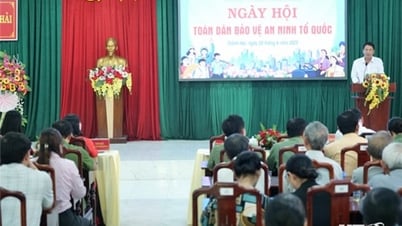
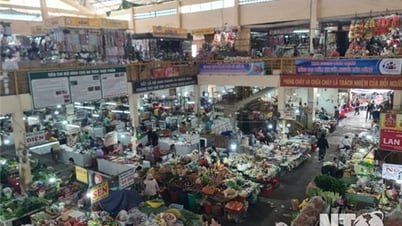




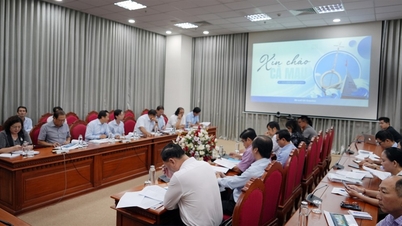
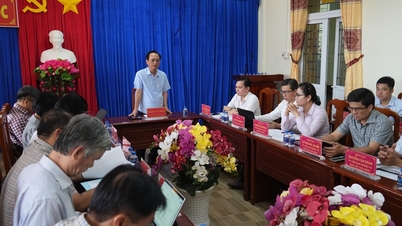
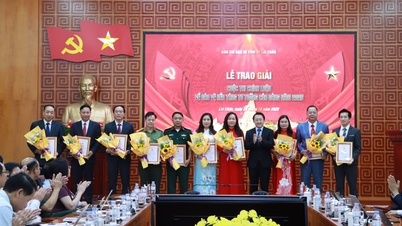
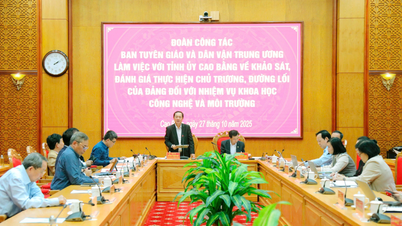

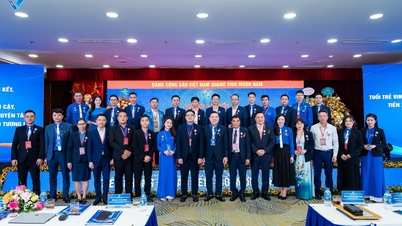
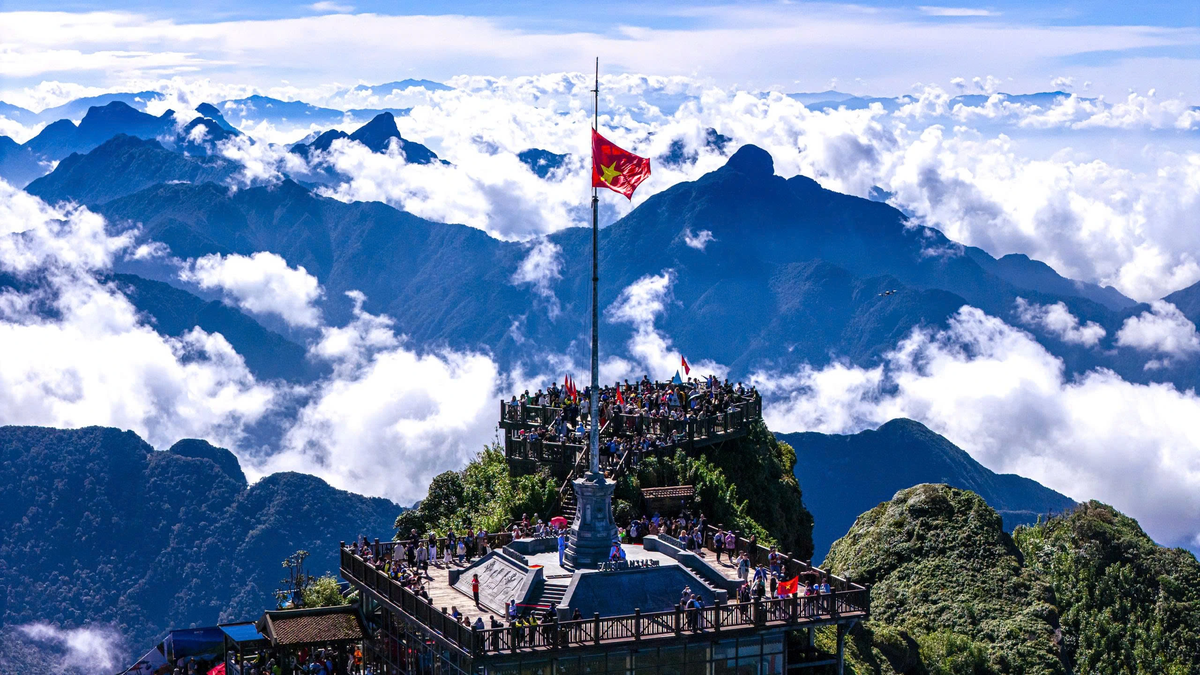
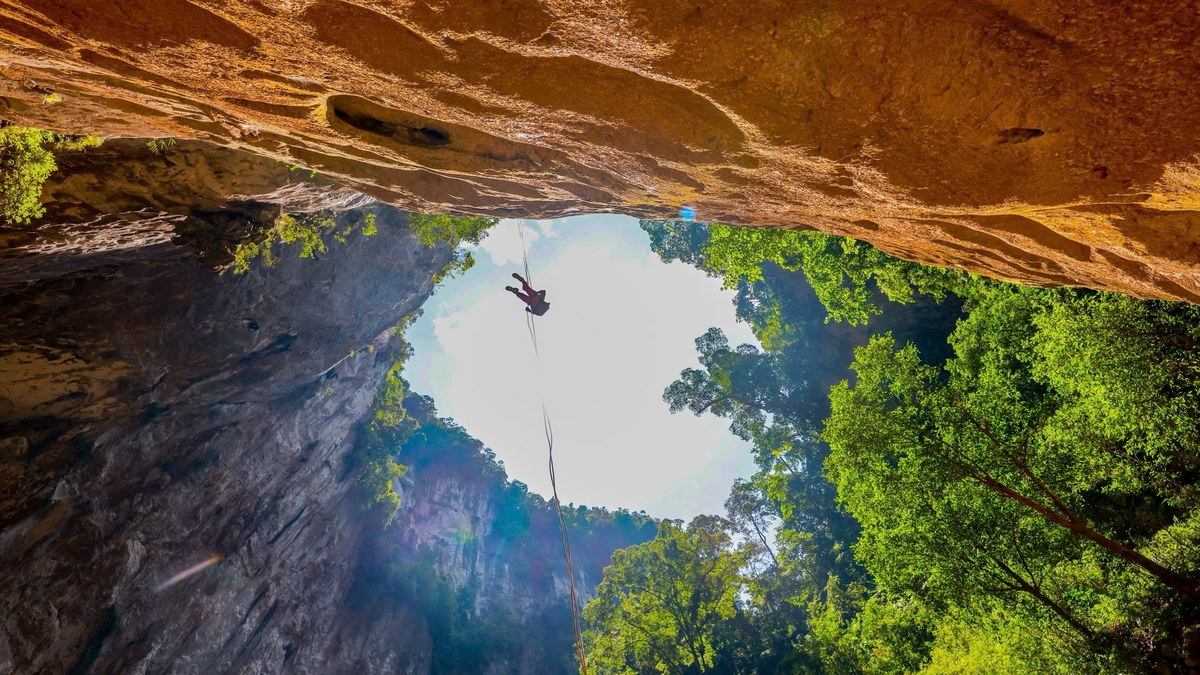
![[Photo] President Luong Cuong attends the 80th Anniversary of the Traditional Day of the Armed Forces of Military Region 3](https://vphoto.vietnam.vn/thumb/1200x675/vietnam/resource/IMAGE/2025/10/28/1761635584312_ndo_br_1-jpg.webp)
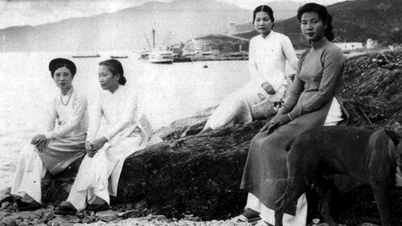

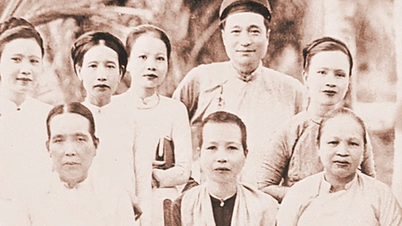
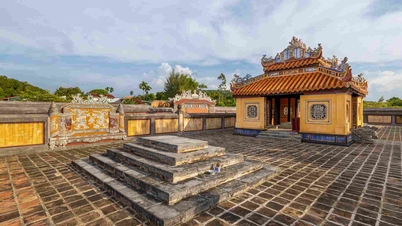


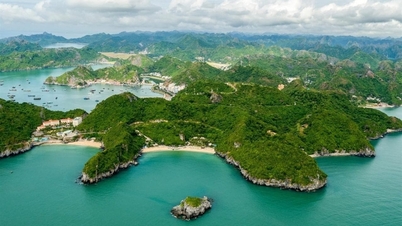

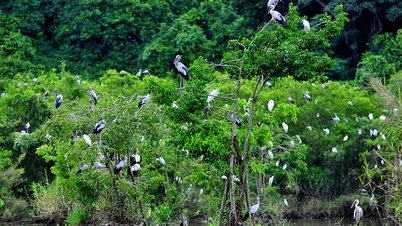

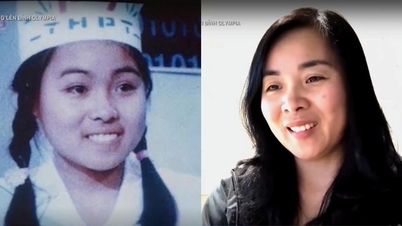

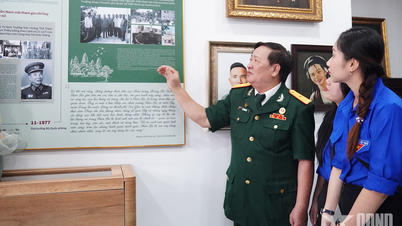


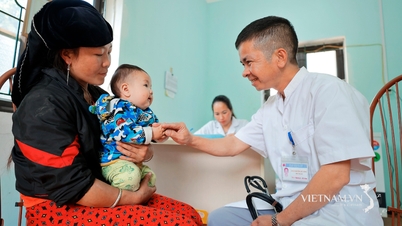








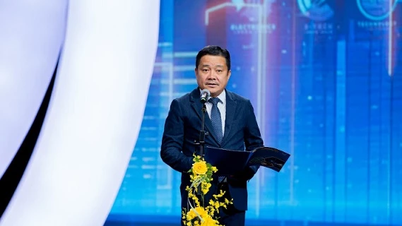



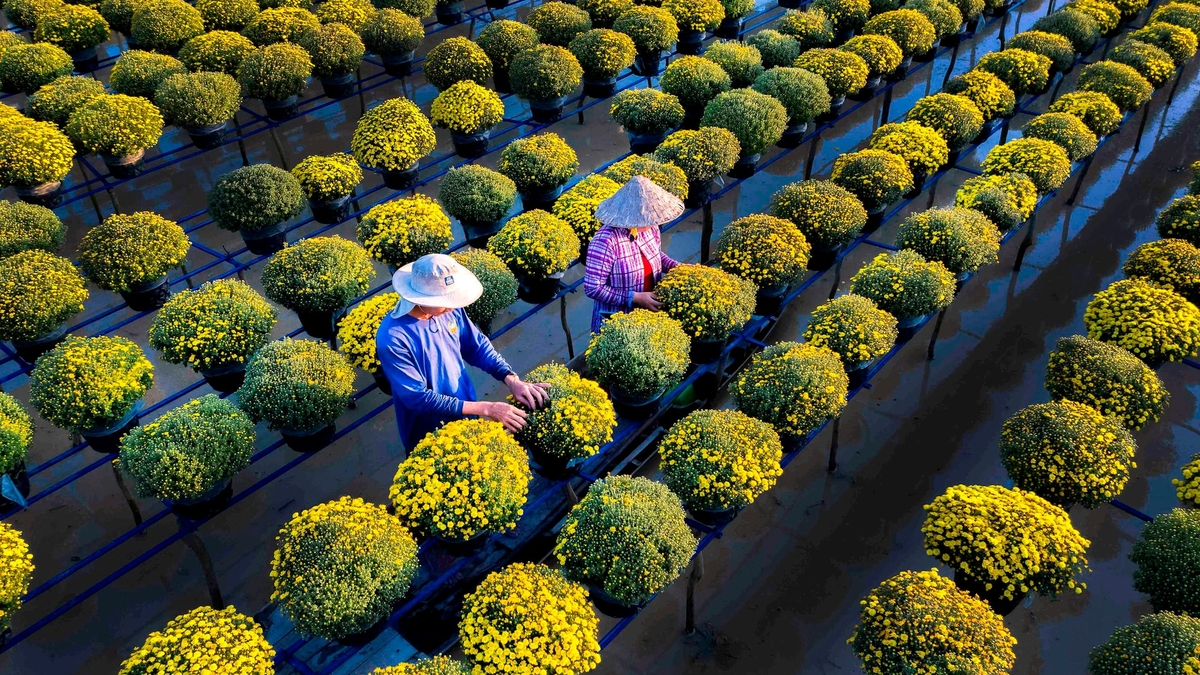




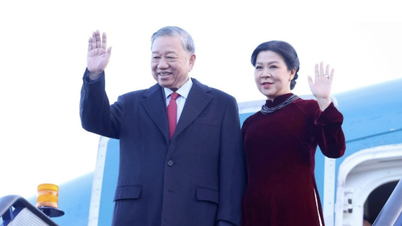



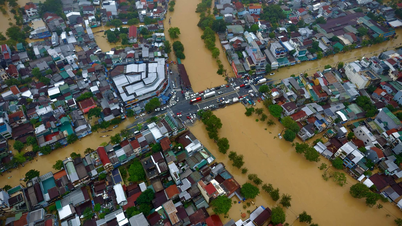




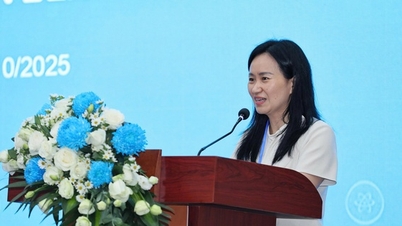

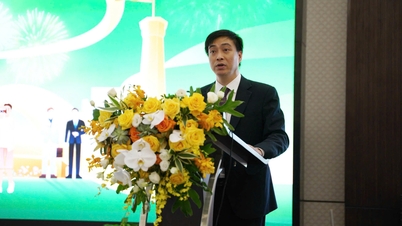


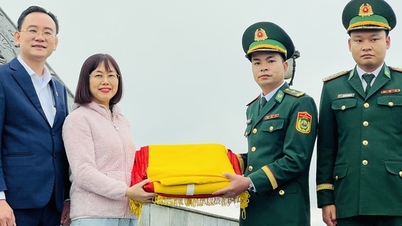
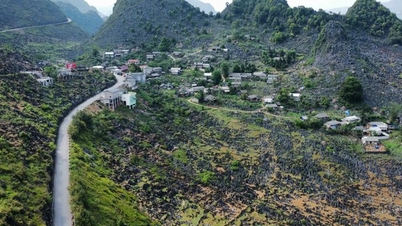
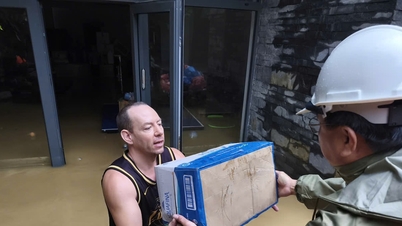



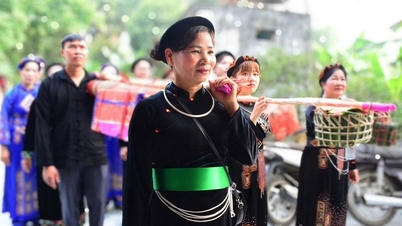

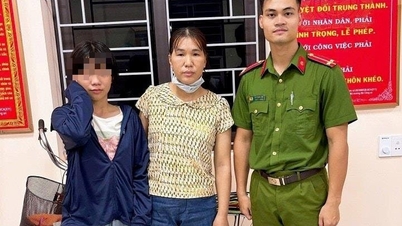

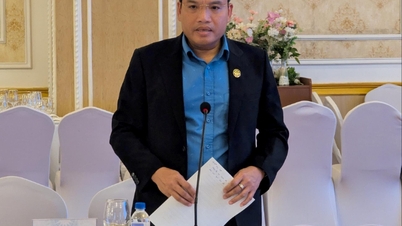
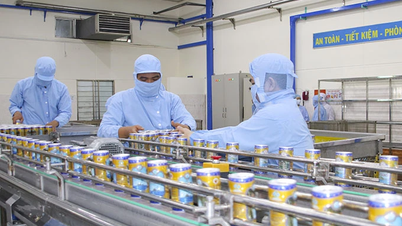

















Comment (0)